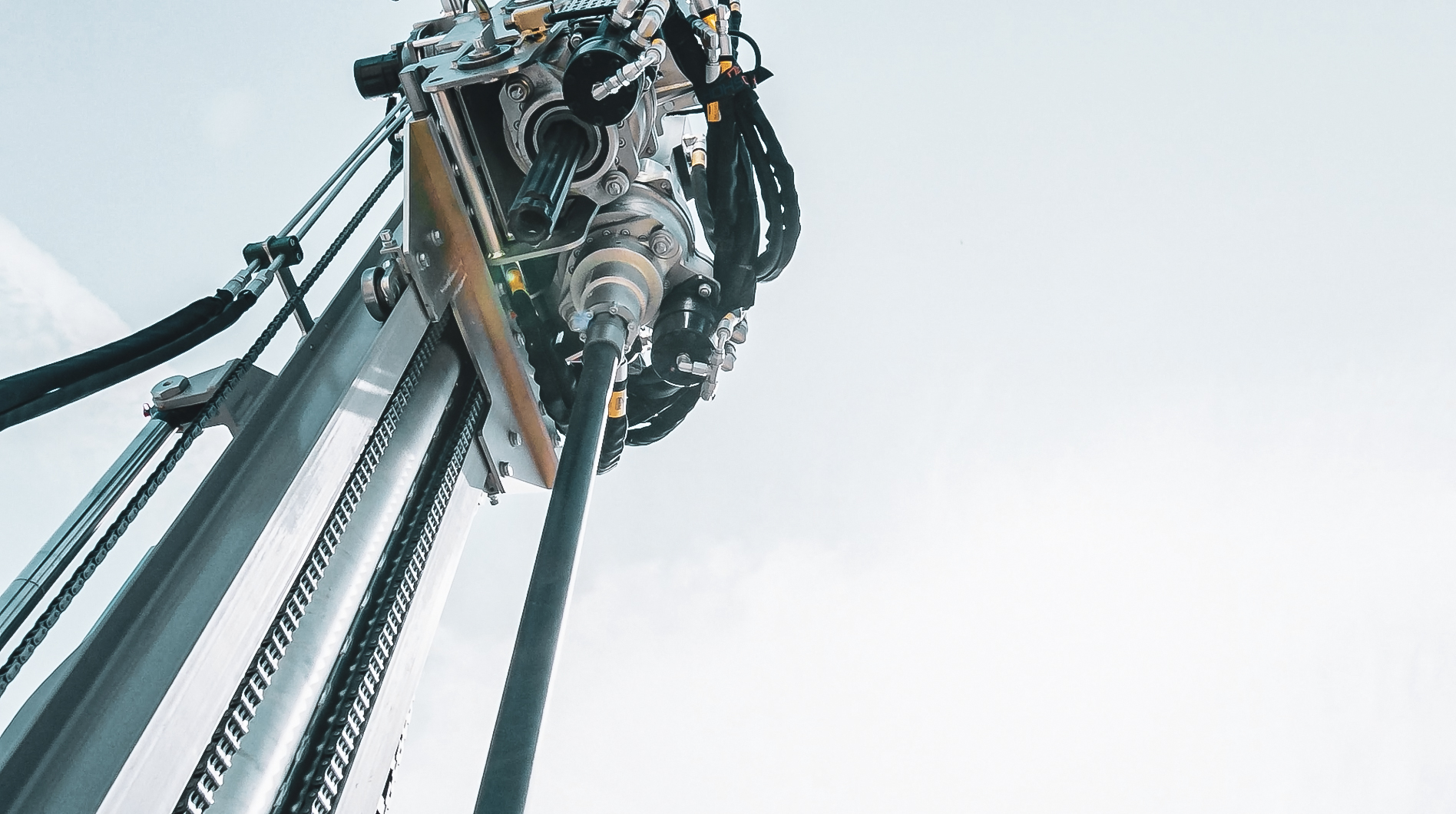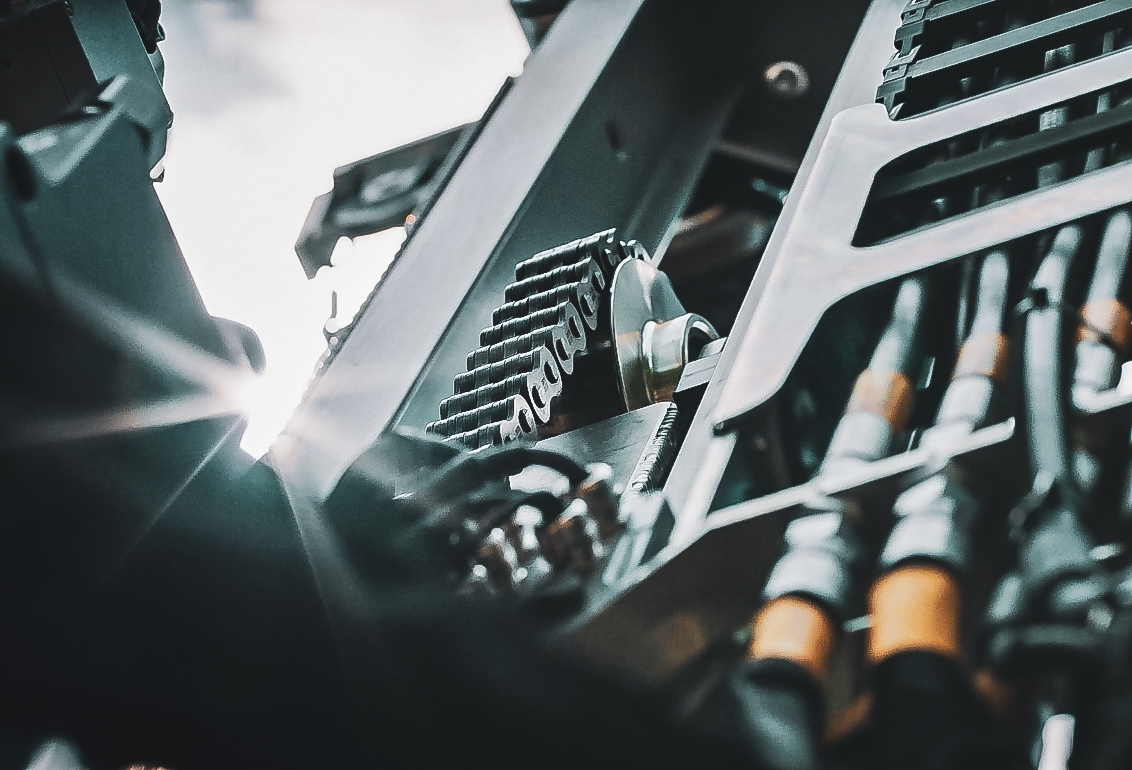Geomachine booms explained
02.10.2025
Geomachine Oy
In ground investigation rig procurement discussions, the features of the boom are among the most frequently asked topics. In this article, we explain the typical questions that tend to come up around booms.
“We’ve been developing booms for as long as Geomachine has existed,” begins Geomachine’s Sales Manager, Alex Lindholm. “Choosing the right boom is key to optimising a drilling rig’s performance and the success of the investigation—especially when operating in some of the world’s most challenging environments.”
Geomachine booms are categorised according to their operating principle: direct feed, chain feed, and dual mast booms. Direct feed booms are designed for geotechnical and geological investigations as well as core sampling in rock. Chain feed booms are particularly suited to environments where boom height is restricted, such as rail works and tunnels. Geomachine’s range also includes a dual mast boom that combines the best features of both direct feed and chain feed systems.
Part of a rig package—or a standalone option
Most often, customers purchase the boom as part of a Geomachine rig package. “We offer rig models for every investigation method. By choosing the one that best suits their needs, customers can be confident that the boom included will also be suitable for their specific ground investigation methods.”
However, it’s also possible to buy a boom separately, without a rig platform—suitable, for example, for tractors, telehandlers or forestry machines. “If the customer already has a platform that performs well in a particular terrain, buying just the boom might be the right choice. The same applies if ground investigations are only needed occasionally, for instance as part of a broader groundworks business. In those cases, investing in just the boom can be a smart move.”

The most common questions
Customers usually ask three key questions about booms. “Just like with the full rig package, people want to know whether the boom will definitely work with their investigation methods. And yes—it absolutely will. We guarantee that each boom performs as intended in the method it was designed for. The second question typically concerns the boom’s weight, and the third is about compatibility with third-party platforms.”
Geomachine booms perform excellently when integrated into third-party platforms, provided that sufficient hydraulic output is available. “In practice, the platform just needs to be fitted with hydraulic hoses to connect the boom—and then it’s ready to go. For example, the GM75 boom mounted on a tractor can carry out the same investigations as the full GM75 rig package.”
However, a standard solution doesn’t always work seamlessly on a third-party platform. “If significant customisation is needed—for example, in mounting or if the platform can’t provide enough power—it may be wiser to consider purchasing a full rig package. Customisation takes time and parts, and those costs can add up. If the need for modifications is extensive, the full rig package may turn out to be the more cost-effective choice.”
What makes Geomachine booms so effective?
Alex Lindholm is occasionally asked what makes Geomachine booms so effective. “That’s probably my favourite question to answer. Since the beginning, our product development has always been based on genuine customer needs. Over the past 40 years, we’ve drilled deep into the realities of those working in the ground investigation field and have listened carefully to what they truly need on site. I can confidently say that this has allowed us to develop a boom range that meets the needs of the vast majority of users. And if our standard range doesn’t quite match the customer’s requirements, we’re open to customisation—if they’re willing to invest in it.”
Geomachine’s aim is to provide all its customers with products and services that offer concrete benefits and a competitive edge. “We promise our booms will deliver efficiency, reliability and confidence on site. They can also open up new business opportunities for companies whose core operations don’t currently include ground investigation or who haven’t previously offered these services.”
Interested? Contact Geomachine!

